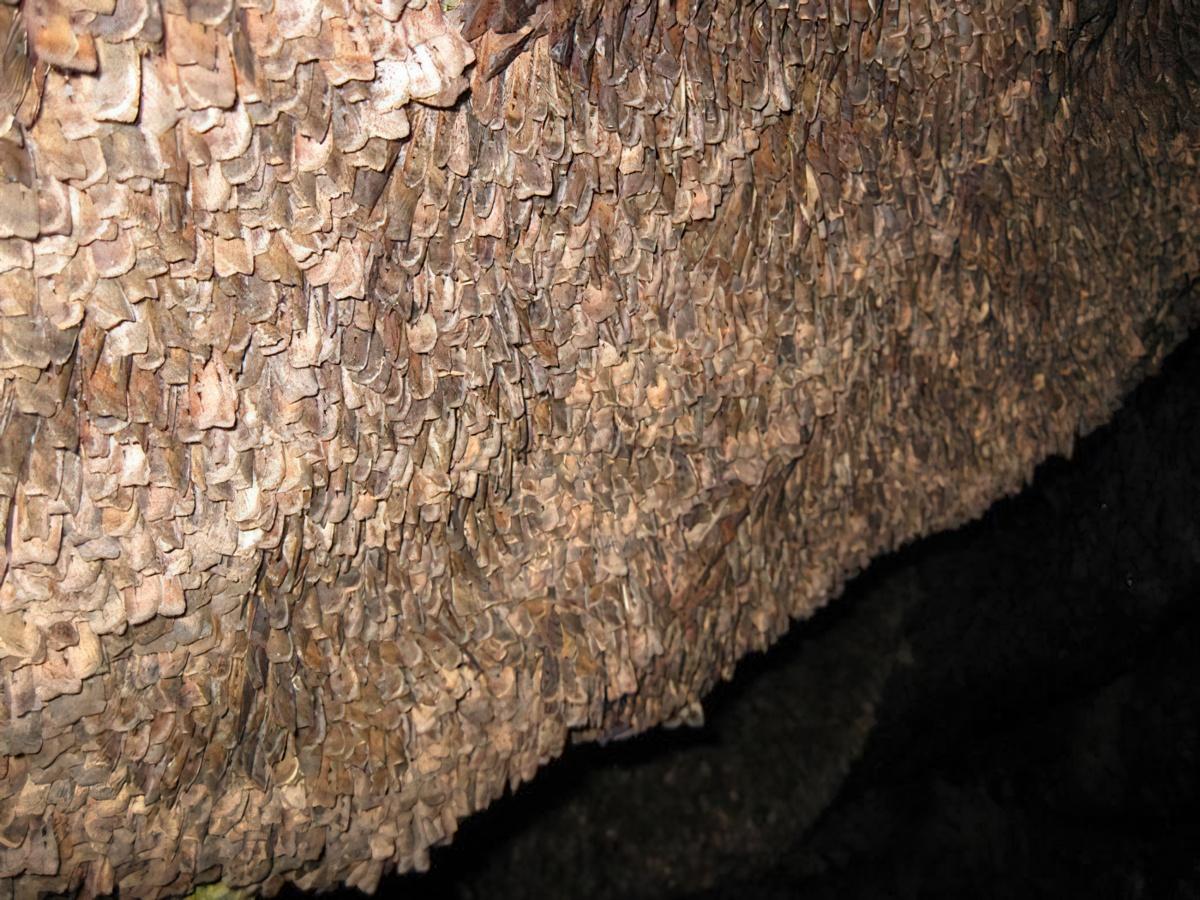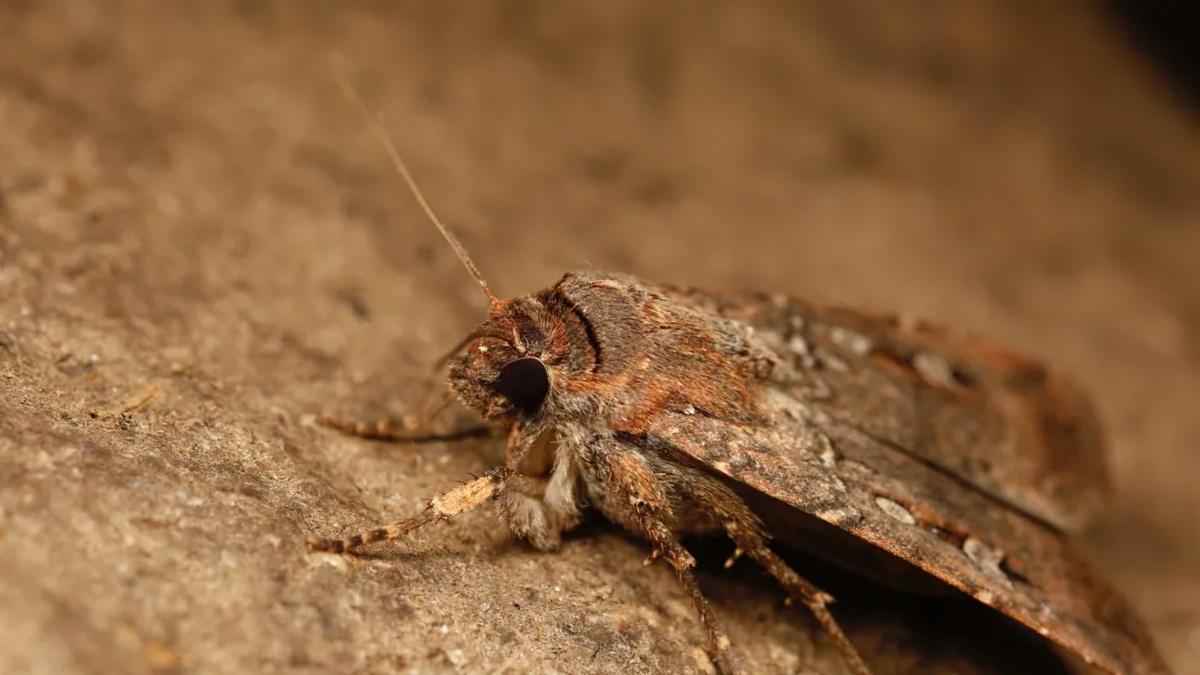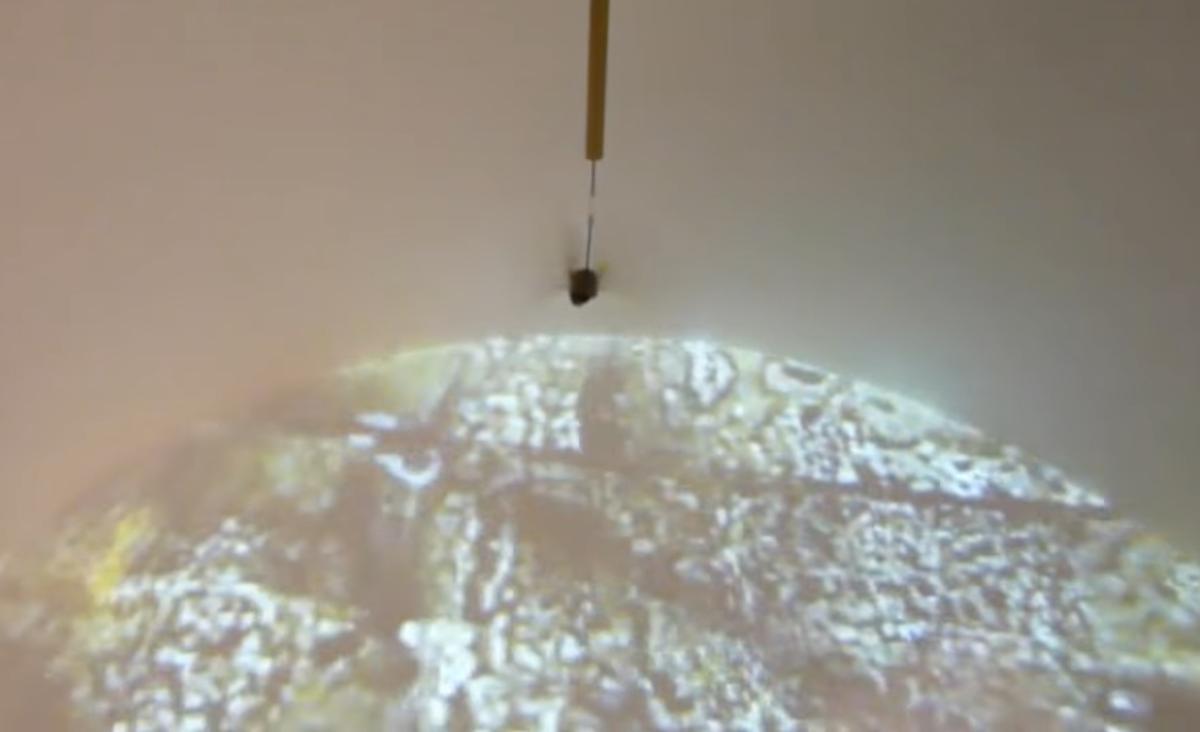Australian Alps, Australia —(Map)
Scientists have made a surprising discovery about one of Australia’s migrating moths – Bogong moths use the stars to help guide them on their long trips across Australia. The moths are the first insects known to use the stars as a guide while migrating.
Bogong moths are small brown moths found in southeast Australia. They look ordinary, but they have a surprising superpower – migration. Each spring, billions of these insects take an incredible trip, flying for over 600 miles (1,000 kilometers) to reach caves in the Australian Alps.
The moths make this trip in the summer to get away from the heat. When they reach the cooler temperatures of the mountains, they gather on the walls of caves, where they sleep for months. In the fall, the moths fly all the way back, where they mate and then die.

(Source: Eric Warrant, University of South Australia.)
But scientists have long been puzzled by a mystery – how do the young moths, who have never traveled, know where to migrate to? Eric Warrant, a scientist at Lund University in Sweden, says the moths “simply know where to go. It’s totally amazing.”
Researchers have studied these migrating moths before. Those studies showed the moths used the Earth’s magnetic field to guide them. But the scientists wondered if the moths might also be using the stars. Deep in the Australian countryside, far from human lights, the light of the stars is strong. Light from our galaxy, the Milky Way, is usually clearly visible in the night sky.

(Source: Ajay Narendra, via Lund University.)
To test these ideas, Dr. Warrant and his team caught about 400 moths. They tested each moth in a specially designed “flight arena”. Inside the arena, the moths were attached in a way that allowed them to flap their wings and fly in any direction, but wouldn’t allow them to fly away.
To make sure the moths weren’t being guided by the Earth’s magnetic field, the researchers blocked the field using a special electronic device.
The scientists then projected images of the starry night sky on the arena’s ceiling. Sure enough, the moths flew in the correct direction for their migration. When the researchers turned the image, the moths also turned so that they were still lined up correctly under the stars.

(Source: Screenshot, via Lund University.)
Then the researchers mixed up the stars on the ceiling so that they no longer represented a real night sky. The moths became confused and didn’t know which way to fly. This showed that the moths were using the stars as a guide.
The moths’ small eyes can probably only see very bright stars, so it’s likely that they use the bright Milky Way to guide them. And when it’s cloudy, the moths can always use their backup system – Earth’s magnetic field.
The researchers say the moths’ abilities are surprising because their brains are so small. One expert said it was “mind-blowing” that the moths could do such complicated tasks.
Unfortunately, Bogong moths are in trouble. The numbers of Bogong moths have dropped by 99.5% since 2017, and the moths are now considered endangered. The scientists hope their research will help them find ways to protect the moths.
Did You Know…?
Bogong moths have another trick that helps to guide them. The researchers say that when the moths get close to the caves in the Australian Alps, they probably are guided by smell – the caves give off a stinky odor that smells like rotting meat.
😕
This map has not been loaded because of your cookie choices. To view the content, you can accept 'Non-necessary' cookies.
